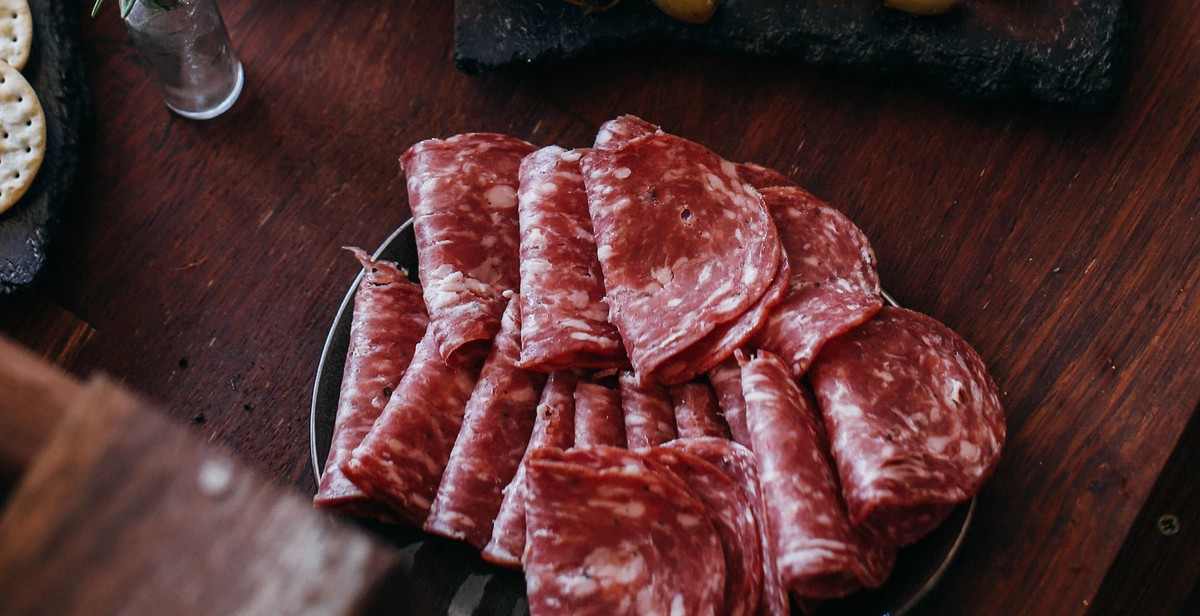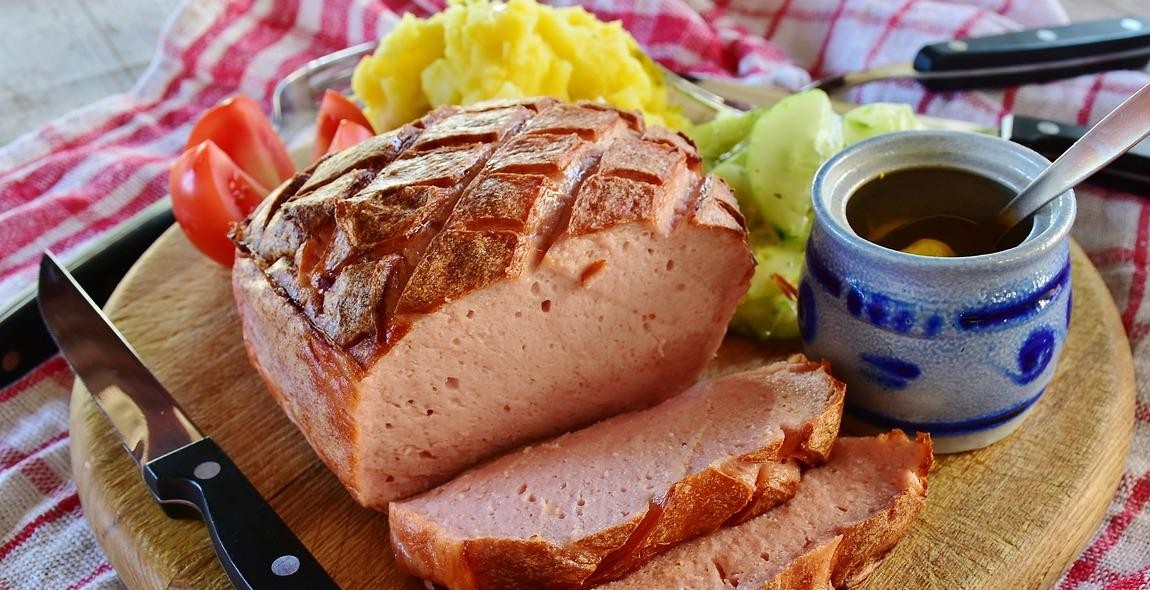How to Appreciate and Identify Different Types of Cheese
Cheese is one of the most loved and versatile foods in the world. It is a staple ingredient in many dishes and can be enjoyed in a variety of ways. From soft and creamy to hard and crumbly, there are countless types of cheese to explore and appreciate. Whether you are a cheese enthusiast or just starting to explore the world of cheese, this guide will help you identify and appreciate different types of cheese.
The Basics of Cheese
Cheese is made from milk, usually from cows, goats, or sheep. The milk is curdled and then separated into curds and whey. The curds are then pressed and aged to create cheese. The type of milk used, the method of curdling, and the aging process all contribute to the unique flavor, texture, and appearance of each type of cheese.
Identifying Cheese
When identifying different types of cheese, there are a few key factors to consider:
- Appearance: What does the cheese look like? Is it soft or hard, creamy or crumbly?
- Texture: How does the cheese feel in your mouth? Is it smooth or grainy, firm or runny?
- Flavor: What does the cheese taste like? Is it mild or strong, sweet or savory?
- Aroma: What does the cheese smell like? Does it have a strong or mild aroma?
Appreciating Cheese
One of the best ways to appreciate different types of cheese is to pair them with complementary foods and beverages. For example, a sharp cheddar cheese can be paired with a bold red wine, while a creamy brie cheese can be paired with a crisp white wine. Cheese can also be enjoyed on its own or as a key ingredient in a variety of dishes, from macaroni and cheese to grilled cheese sandwiches.
| Types of Cheese | Milk Type | Texture | Flavor | Aroma |
|---|---|---|---|---|
| Brie | Cow | Soft and creamy | Mild and buttery | Earthy |
| Cheddar | Cow | Firm and crumbly | Sharp and tangy | Mild |
| Goat Cheese | Goat | Soft and crumbly | Tangy and acidic | Earthy |
| Gouda | Cow | Firm and smooth | Mild and nutty | Sweet and fruity |
There are countless types of cheese to explore and appreciate, each with its own unique characteristics. Whether you are a seasoned cheese connoisseur or just starting to explore the world of cheese, this guide will help you appreciate and identify different types of cheese.
Why Appreciate Cheese?
Cheese is more than just a delicious dairy product – it’s an important part of many cultures around the world. From the sharp cheddar of England to the creamy brie of France, cheese has been enjoyed for centuries and has become a staple in many households. Here are some reasons why you should appreciate cheese:
Health Benefits of Cheese
Cheese is a great source of calcium, which is important for maintaining strong bones and teeth. It also contains protein, which is essential for building and repairing muscle tissue. Additionally, cheese is a good source of vitamins A and B12.
Studies have also shown that cheese can have positive effects on heart health. Despite its high saturated fat content, cheese has been found to lower the risk of heart disease and stroke. This may be due to the presence of certain fatty acids in cheese that can help lower cholesterol levels.
Cultural Significance of Cheese
Cheese has played an important role in many cultures throughout history. In France, cheese is an integral part of the national identity and is considered an art form. The country has over 1,000 different types of cheese, each with its own unique flavor and texture.
In Italy, cheese is a key component of many traditional dishes, such as pizza and lasagna. The country is known for its production of Parmigiano-Reggiano, a hard cheese that is aged for up to two years and has a nutty, salty flavor.
In the United States, cheese is a popular snack and ingredient in many dishes, from mac and cheese to grilled cheese sandwiches. The country produces a wide range of cheeses, including cheddar, mozzarella, and American cheese.
Conclusion
By appreciating cheese, you can not only enjoy its delicious taste but also benefit from its health properties and cultural significance. Whether you’re a cheese lover or just starting to explore the world of cheese, there’s always something new to discover and appreciate.

Types of Cheese
Cheese is a versatile food that can be enjoyed in a variety of ways, from topping a salad to being the star of a charcuterie board. There are many different types of cheese, each with its own unique flavor and texture. Here are some of the most common types of cheese:
Fresh Cheese
Fresh cheese is cheese that has not been aged or ripened. It is typically soft and has a high moisture content. Fresh cheese can be made from a variety of milks, including cow, goat, and sheep. Some examples of fresh cheese include:
- Mozzarella
- Ricotta
- Cottage cheese
Soft Cheese
Soft cheese is cheese that has been ripened for a short period of time. It is typically creamy and spreadable, with a tangy or mild flavor. Soft cheese can be made from a variety of milks, including cow, goat, and sheep. Some examples of soft cheese include:
- Brie
- Camembert
- Feta
Semi-Soft Cheese
Semi-soft cheese is cheese that has been ripened for a longer period of time than soft cheese. It is typically creamy with a slightly firmer texture than soft cheese. Semi-soft cheese can be made from a variety of milks, including cow, goat, and sheep. Some examples of semi-soft cheese include:
- Gouda
- Havarti
- Fontina
Hard Cheese
Hard cheese is cheese that has been aged for a long period of time. It is typically firm and has a rich, nutty flavor. Hard cheese can be made from a variety of milks, including cow, goat, and sheep. Some examples of hard cheese include:
- Cheddar
- Parmesan
- Gruyere
Blue Cheese
Blue cheese is cheese that has been inoculated with mold spores. It is typically creamy with a sharp, tangy flavor. Blue cheese can be made from a variety of milks, including cow, goat, and sheep. Some examples of blue cheese include:
- Gorgonzola
- Roquefort
- Stilton
| Cheese Type | Texture | Flavor |
|---|---|---|
| Fresh Cheese | Soft and moist | Mild |
| Soft Cheese | Creamy and spreadable | Tangy or mild |
| Semi-Soft Cheese | Creamy with a slightly firmer texture | Mild to nutty |
| Hard Cheese | Firm | Rich and nutty |
| Blue Cheese | Creamy | Sharp and tangy |

Appreciating Cheese
Appreciating cheese involves engaging all your senses. From sight to touch, smell, and taste, each sense plays a crucial role in identifying and enjoying different types of cheese.
Sight
The appearance of cheese can give you a clue about its texture and flavor. For instance, bloomy rind cheeses like brie and camembert have a white, velvety rind that indicates a creamy texture. Hard cheeses like cheddar and parmesan, on the other hand, have a smooth and firm texture with a natural rind. Take a close look at the color of the cheese too; it can indicate the type of milk used, the aging process, and the flavor.
Touch
The texture of cheese can vary from soft and creamy to hard and crumbly. When examining cheese, use your fingertips to feel for its texture. Soft cheeses like goat cheese and feta should feel moist and crumbly. Semi-soft cheeses like gouda and havarti should be slightly springy to the touch. Hard cheeses like cheddar and parmesan should be dry and crumbly.
Smell
The aroma of cheese can give you a hint of its flavor and age. Strong-smelling cheeses like blue cheese and stilton have a pungent, earthy aroma. Mild cheeses like mozzarella and provolone have a subtle, sweet aroma. Take a deep whiff of the cheese to get a sense of its aroma.
Taste
Finally, tasting the cheese is the ultimate way to appreciate it. Start by taking a small bite and letting it sit on your tongue for a few seconds. Pay attention to the flavor and texture as you chew. Does it taste nutty, salty, sweet, or tangy? Is it creamy, crumbly, or chewy? Consider pairing the cheese with different foods and drinks to enhance its flavor profile.
By engaging all your senses, you can appreciate and identify different types of cheese like a pro.

Pairing Cheese with Wine
Choosing the right wine to pair with your cheese can elevate your taste experience and bring out the best in both the cheese and the wine. Here are some tips to help you find the perfect pairing:
Consider the Intensity of the Cheese
When choosing a wine to pair with your cheese, consider the intensity of the cheese. A strong-flavored cheese like blue cheese or aged cheddar pairs well with a full-bodied red wine like Cabernet Sauvignon or Syrah. A lighter cheese like goat cheese or brie pairs well with a lighter, crisper white wine like Sauvignon Blanc or Pinot Grigio.
Match the Flavors
Another way to pair cheese and wine is by matching their flavors. A nutty cheese like Gruyere or Parmesan pairs well with a nutty-flavored wine like Sherry or Madeira. A fruity cheese like Gouda or Edam pairs well with a fruity wine like Pinot Noir or Chardonnay.
Opposites Attract
Sometimes, pairing opposite flavors can create a delicious taste experience. A salty cheese like Feta or Halloumi pairs well with a sweet wine like Riesling or Moscato. A creamy cheese like Camembert or Boursin pairs well with a tart wine like Sauvignon Blanc or Pinot Noir.
| Cheese Type | Wine Pairing |
|---|---|
| Blue Cheese | Cabernet Sauvignon or Syrah |
| Aged Cheddar | Cabernet Sauvignon or Syrah |
| Goat Cheese | Sauvignon Blanc or Pinot Grigio |
| Brie | Sauvignon Blanc or Pinot Grigio |
| Gruyere | Sherry or Madeira |
| Parmesan | Sherry or Madeira |
| Gouda | Pinot Noir or Chardonnay |
| Edam | Pinot Noir or Chardonnay |
| Feta | Riesling or Moscato |
| Halloumi | Riesling or Moscato |
| Camembert | Sauvignon Blanc or Pinot Noir |
| Boursin | Sauvignon Blanc or Pinot Noir |
By following these tips and experimenting with different wine and cheese pairings, you can discover new and exciting taste experiences and learn to appreciate the unique flavors of different types of cheese.

Conclusion
Cheese is a versatile and delicious food that can be enjoyed in a variety of ways. Whether you are a cheese connoisseur or a novice, there are many different types of cheese to appreciate and identify. From soft and creamy brie to sharp and tangy cheddar, each cheese has its unique flavor and texture that can be enhanced by pairing it with the right accompaniments.
When it comes to appreciating cheese, it’s important to use all of your senses. Look at the cheese’s appearance, smell its aroma, feel its texture, and taste its flavor. By doing so, you can fully appreciate the nuances of each cheese and understand why it’s so beloved by many.
Identifying different types of cheese can be a fun and rewarding experience. By learning about the different categories of cheese and their defining characteristics, you can impress your friends and family with your newfound cheese knowledge. Whether you’re shopping for cheese at your local grocery store or enjoying a cheese plate at a restaurant, you can now confidently identify and appreciate the cheese in front of you.
Overall, cheese is a delicious and enjoyable food that can be appreciated in many different ways. By learning more about cheese and its many varieties, you can enhance your culinary experiences and develop a deeper appreciation for this beloved food.
